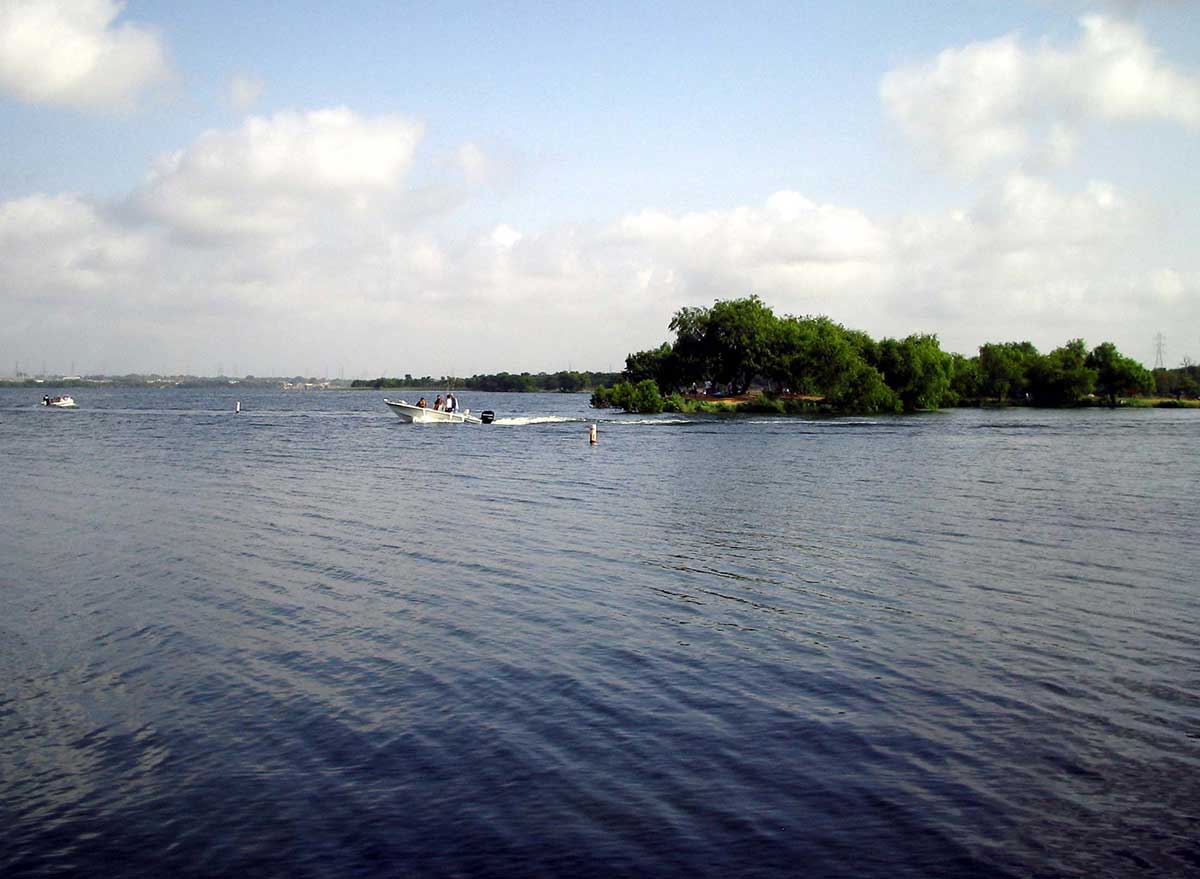Central Texas has a rich diversity of wildlife and many birds to see. The best places to see birds in San Antonio are:
Mitchell Lake

Our wetland habitat is one of the last critical stopover grounds before the Texas Coast, where 98.5% of long-distance migratory bird species in the US pass through, many which are about to fly for hours or days over open ocean. Not only are we one of the best spots for birding in San Antonio, we also open our doors to more than 4,000 students annually for outdoor science and conservation education, which most students do not get in traditional schooling. So, come explore our habitat, walk our native gardens, take a class or a tour, volunteer, or give your support to our education and conservation programs. Whatever your age or interests we have a way to help connect you the wild and beautiful natural place we live, just far enough south of downtown to melt away everyday life.
Mitchell Lake Audubon Center
Braunig Lake

Victor Braunig Lake, formerly known as East Lake, is a reservoir on Calaveras Creek and Chupaderas Creek 17 miles (27 kilometers) south of Downtown San Antonio, Texas. The reservoir was formed in 1962 by the construction of a dam to provide a cooling pond for a power plant to supply additional electrical supply to the city of San Antonio. Wikipedia
Calaveras Lake

Calaveras Lake is a reservoir on Calaveras Creek, located 20 miles (32 kilometers) southeast of Downtown San Antonio, Texas. The reservoir was formed in 1969 by the construction of a dam to provide a cooling pond for a series of power plants, called the Calaveras Power Station, to supply additional electricity to the city of San Antonio. Wikipedia
Crescent Bend Nature Park

Crescent Bend is blessed with multiple habitats which support the diversity of wildlife seen within the park. Cibolo Creek follows along the east and north boundaries providing an aquatic habitat and a riparian zone along the banks. The woodlands habitat began at the entrance of the park and covers more than half of the 170 acres, consisting mostly of pecan and hackberry trees. The woodlands slowly transition into open savannas to the north and west ends of the park.
Since the park’s opening, over 250 species of birds have been reported by Audubon groups and individuals. Eighteen of these species are considered rare sightings for Bexar County. The rarest species was the Ruddy Ground-Dove found in October 2012, which brought in hundreds of birders from across the southern US. With these rare sightings, Crescent Bend has become a birding hotspot in Texas. Friends of Crescent Bend Nature Park
San Antonio Botanical Garden

The garden was first conceived in the 1940s by Mrs. R. R. Witt and Mrs. Joseph Murphy, who organized the San Antonio Garden Center. The two went on to develop a master plan for a city botanical center in the late 1960s. The site of the master plan was a former limestone quarry and waterworks area owned by the city. Voters approved $265,000 in bonds in 1970, which was the catalyst for funding the new gardens. Ground was broken for the new facilities on July 21, 1976, and the San Antonio Botanical Gardens officially opened to the public on May 3, 1980. Wikipedia
